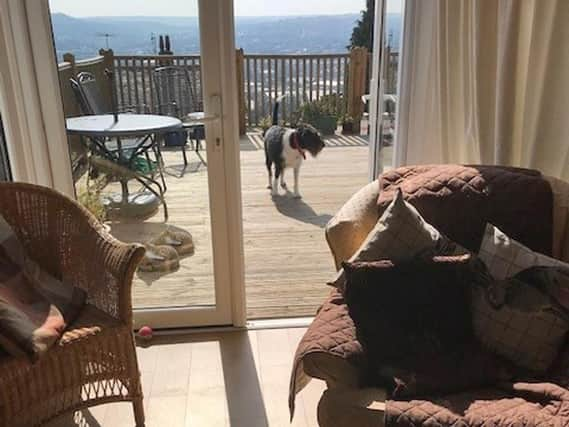What social care shake up means for you - Sarah Coles


Except, unfortunately, when you dig into the small print, it turns out that none of this is quite what it seems. You could still pay hundreds of thousands of pounds for care and be forced to sell your home. So we need to get to grips with the bad news in the small print, and what it means for us.
The new rules will kick in from October 2023, so will only apply to people who need care from that stage onwards. It means anyone currently paying for care, or needing help any time in the next two years, will be stuck with the current system.
Advertisement
Hide AdAdvertisement
Hide AdThe cap only applies to personal care, and if you live in a care home, you’ll be expected to pay something to cover the cost of the food and accommodation too. It means you could end up paying bills far in excess of £86,000.


At this stage we don’t know what those living costs will be. Back when the Dilnot Commission made its recommendations in 2011 it suggested these could be set at £10,000 a year. If inflation is applied to this, it’s more like £13,500, or £1,125 a month.
We don’t have a clear indication of where the Government will set living costs, but we can use £1,125 to do a back-of-the-envelope calculation. Let’s say your care home costs £3,000 a month. If £1,125 of this is considered to be accommodation costs, then only £1,875 counts towards the cap. It means you would only reach the cap after just under 46 months. By this stage you would have spent a total of £138,000 on your care.
Even after you’d hit the cap, you’d need to keep paying for the accommodation costs. If you went on to live for another 30 months, your total care bill would be just under £172,000 – twice the level of the cap.
Advertisement
Hide AdAdvertisement
Hide AdOnce you hit the cap, the local authority will only take over paying ‘eligible care costs’. It will assess your care needs, and if you decide you want ‘a more expensive service’, you’ll have to top it up.
If you don’t have the cash to cover £86,000 of personal care costs, plus whatever the accommodation costs come to, then you may have to sell your home.
Your position depends on your circumstances. If you, your spouse, or another qualifying dependent lives in your home, then the property isn’t used to calculate the available assets for paying the bills. Even if the property is empty, if you have equity of less than £100,000, you will get some help from the Government with care bills.
The Government also referred to the deferred cost scheme, which allows the cost of care to roll up and be repaid from the sale of your home after you die – plus administration and interest charges. However, this still effectively means a big chunk of the value of your home will be needed to cover the cost of care.
Advertisement
Hide AdAdvertisement
Hide AdSo we have the care cap of £86,000 that could mean you end up spending twice this sum before getting any help, and the rules that will mean nobody has to sell their home to pay for care – except for those that do.
Plus, the only people who are absolutely 100 per cent certain they need care are those who need it right now, and they won’t benefit at all. For many of us, unfortunately, this means that social care hasn’t been sorted at all.